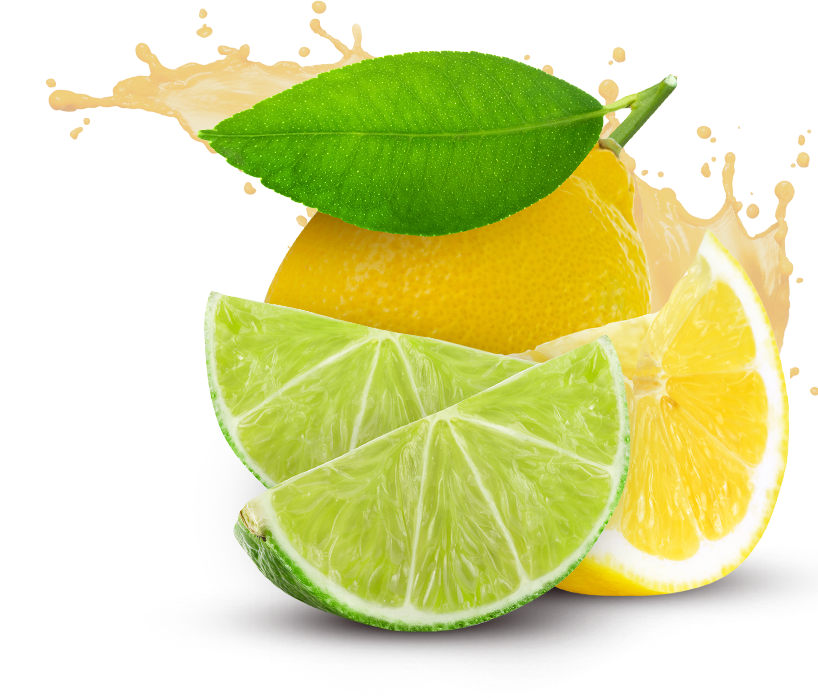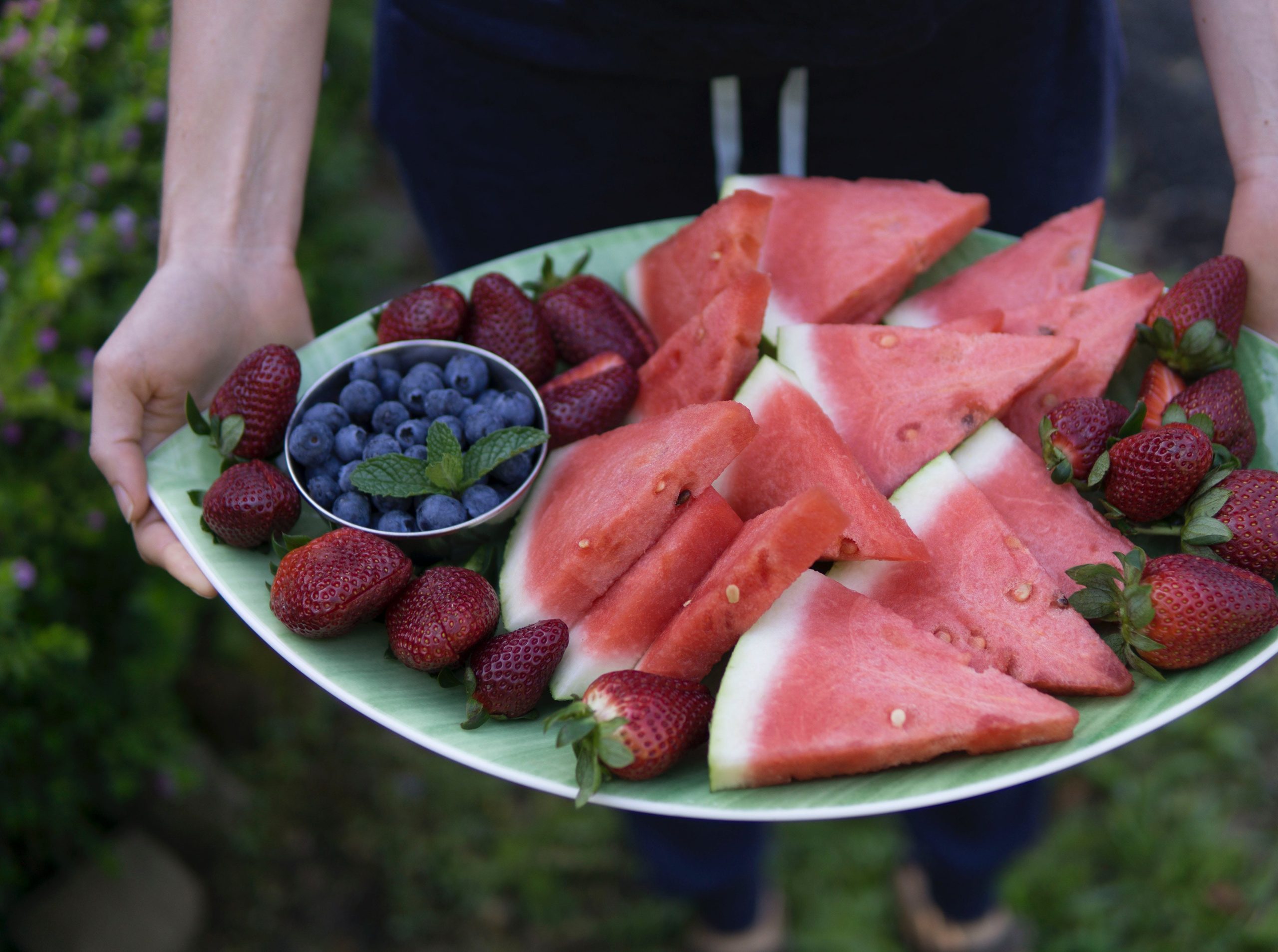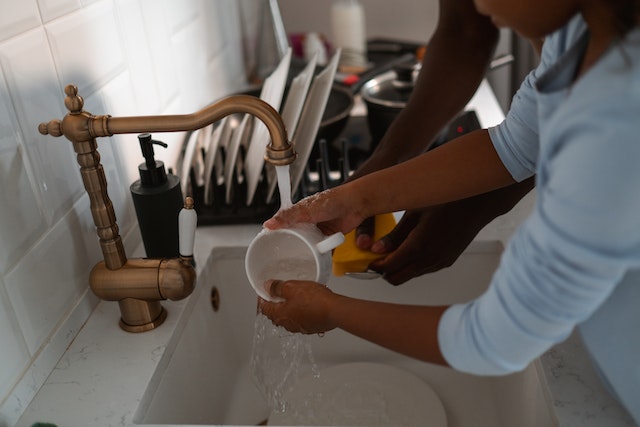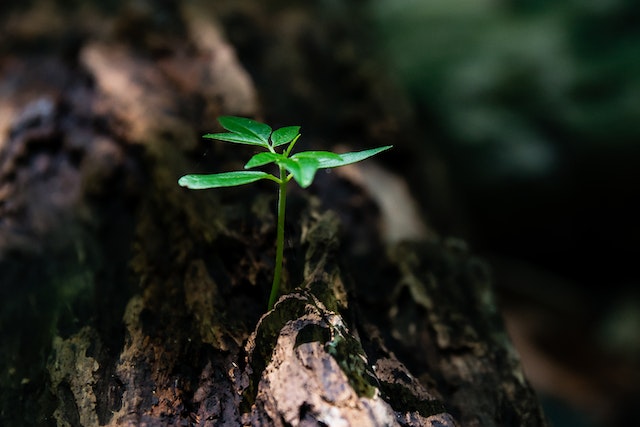Introduction:
Meet our expert, Dr. Frank Yianna’s. With over two decades of experience in food safety and quality, Dr. Yianna’s is a renowned figure in the field. He currently serves as the Vice President of Food Safety at a leading food retail company. His passion for ensuring the safety and quality of the food we consume has led to numerous breakthroughs in food safety practices. In this article, Dr. Yianna’s shares his expertise on mastering the art of strawberry washing. Our expert offers additional insights and tips to elevate your strawberry washing game. From choosing the best strawberries at the store to storage practices, Dr. Yianna’s covers it all. Now that you’re well-versed in these four advanced washing techniques, let’s move on to some additional tips from Dr. Yianna’s himself. After all, perfecting the art of strawberry washing isn’t just about the techniques; it’s also about selecting the best strawberries and keeping them fresh.

Strawberry Washing
When it comes to enjoying strawberries to their fullest, the journey begins with understanding the science behind washing them. Dr. Yianna’s delves into the importance of proper cleaning, emphasizing the necessity of removing contaminants effectively. Strawberries are a beloved summer fruit, known for their juicy, sweet, and slightly tart flavor. Whether you enjoy them in salads, desserts, or just on their own, the quality of your strawberries matters.
Proper Washing Matters
Dr. Yianna’s outlines why proper washing is critical for our health and the longevity of our strawberries. Uncover how washing impacts the fruit’s taste and shelf life. It’s not just about rinsing off the dirt; it’s about ensuring your strawberries are safe to eat. Every time you bite into a strawberry, you want that burst of flavor to be pure, unadulterated goodness. But there’s a hidden world on the surface of strawberries, one that can include soil, pesticides, and even traces of contaminants. This is where washing becomes crucial. Properly washing strawberries is not just about removing visible dirt or debris; it’s about ensuring the safety of what we consume. When you take that delightful bite into a strawberry, you want the burst of flavor to be pure and uncontaminated. Understanding the necessity of washing becomes critical in ensuring that every strawberry you eat is safe and wholesome.
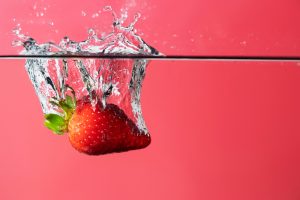
The Gentle Soak
When it comes to washing strawberries, the “Gentle Soak” technique is a favorite among those who appreciate the natural texture and flavor of this delightful fruit. In this section, we will explore the Gentle Soak method in depth, uncovering how it preserves the delicate texture of strawberries while ensuring thorough cleaning. The Technique the Gentle Soak is all about treating your strawberries with care. It involves immersing the berries in a bowl of cool water and gently swishing them around. This method is excellent for those who prefer their strawberries to maintain their natural texture, juiciness, and overall appearance. Preserving Texture One of the key advantages of the Gentle Soak is that it minimizes any abrasion or damage to the delicate skin of the strawberries. Unlike more vigorous techniques, the gentle soak ensures that the fruit’s surface remains intact, allowing you to enjoy the strawberries as nature intended Effectiveness While the Gentle Soak might be less aggressive in terms of cleaning power compared to some other techniques, it is still effective at removing surface contaminants and dirt. This method is particularly well-suited for strawberries that are relatively clean but need a refreshing rinse.
The Vinegar Rinse
In the world of advanced strawberry washing techniques, the “Vinegar Rinse” stands out as a favorite among enthusiasts. This section will take a closer look at this technique and reveal how vinegar acts as a natural disinfectant, making your strawberries not only cleaner but also safer to eat. The Technique the Vinegar Rinse is a method that harnesses the natural disinfectant properties of vinegar. It involves creating a vinegar solution by mixing water and vinegar in the right proportions. The berries are then soaked in this solution to effectively eliminate potential contaminants. Cleaning Power One of the standout features of the Vinegar Rinse is its remarkable cleaning power. Vinegar, particularly white vinegar, is well-known for its ability to kill bacteria, remove pesticides, and disinfect surfaces. When applied to strawberries, it serves as a powerful tool in making them safe to consume. Improved Taste Beyond its cleaning prowess, the Vinegar Rinse is also known to have a positive impact on the taste of strawberries. Some enthusiasts argue that it can enhance the flavor of the fruit, giving it a slight zing or brightness. This added dimension to taste is a significant draw for those who choose this technique.
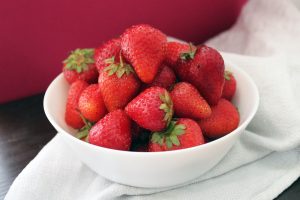
The Saltwater Soak
The Saltwater Soak” is your solution. Dr. Yianna’s details the science behind salt’s cleaning power and how to execute this technique flawlessly. Now, let’s explore a different approach with “The Saltwater Soak.” If you’re looking for an alternative to vinegar, this method might be just right for you. For those seeking an alternative to high-acid methods like the Vinegar Rinse, “The Saltwater Soak” presents itself as a valuable option. In this section, we’ll explore this technique in-depth and uncover how saltwater can effectively clean strawberries while offering a milder approach for those with low acidity preferences. The Technique the Saltwater Soak method involves creating a simple saltwater solution by dissolving salt in water. The strawberries are then gently immersed in this solution, allowing the saltwater to remove contaminants and dirt effectively. Cleaning Power While the Saltwater Soak may not be as potent in terms of disinfection as the Vinegar Rinse, it still possesses commendable cleaning power. The saltwater effectively dislodges impurities from the fruit’s surface, ensuring that it is safe to consume. Neutral Impact on Taste One of the primary advantages of the Saltwater Soak is its relatively neutral impact on taste. Unlike high-acidity methods that may introduce a tangy or slightly sour note, this technique maintains the natural flavor of the strawberries. It’s an appealing choice for those.
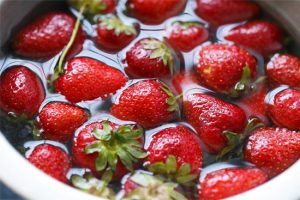
The Baking Soda
As we explore the world of mastering the art of strawberry cleaning, one method stands out for its thoroughness and effectiveness: “The Baking Soda Scrub., we’ll delve into this technique in detail, understanding the steps, the science behind it, and the benefits it offers to your culinary journey. The Science Behind Baking Soda Before we dive into the steps of “the Baking Soda Scrub or sodium bicarbonate, is a versatile kitchen staple known for its cleaning and odor-neutralizing properties. When used in cleaning, it acts as a gentle abrasive agent that helps to dislodge and remove contaminants and residues from the surface of fruits and vegetables, including strawberries. Fresh Strawberries: Begin with a batch of fresh strawberries, ensuring they’re at the peak of their ripeness. Water: You’ll need water to create a solution that will facilitate the cleaning process. Aking Soda: The star of this method, baking soda is readily available in most kitchens and is the key to removing stubborn residues from your strawberries.
| Technique | Cleaning Power | Impact on Taste | Accessibility | Best For |
|---|---|---|---|---|
| The Gentle Soak | High | Minimal | Easy | Preserving Texture |
| The Vinegar Rinse | Very High | Improved | Common | Natural Disinfection |
| The Saltwater Soak | High | Neutral | Easy | Low Acidity Preference |
| The Baking Soda Bath | High | Extended | Common | Prolonged Freshness |
Conclusion:
After mastering these proven techniques, you’re ready to enjoy strawberries like never before. Dr. Yianna’s’ expertise has unveiled the secrets to pristine and delicious fruit. Embrace the knowledge and savor every juicy bite. mastering the art of strawberry washing is a small but significant step toward ensuring that you savor the pure, natural flavors of this beloved summer fruit. By understanding the science behind washing and choosing the right technique, you can remove contaminants and enhance the safety of your strawberries. Whether you opt for the gentle soak, the vinegar rinse, the saltwater soak, or the baking soda bath, you now have the tools to elevate your strawberry experience. Each method offers its own unique advantages, from preserving texture to natural disinfection and prolonged freshness. But remember, it’s not just about the washing process. Dr. Yianna’s also shared invaluable tips on selecting the best strawberries and storing them correctly, ensuring that your efforts culminate in a mouthwatering, healthy, and satisfying strawberry experience. In this comprehensive journey into the world of strawberry washing, we’ve explored the science behind cleaning, the importance of washing for taste and safety, and four distinct techniques, each offering unique benefits. Whether you prefer the gentle soak to preserve texture, the vinegar rinse for enhanced disinfection, the saltwater soak for a lower acidity approach, or the baking soda bath to extend freshness, you’re now equipped with the knowledge to make an informed choice. So, the next time you pick up a basket of strawberries, remember the knowledge you’ve gained here. Put it into practice and taste the difference. The art of strawberry washing is a small yet impactful way to elevate your culinary experience and, most importantly, to enjoy the delightful, natural flavors of this quintessential summer fruit.







